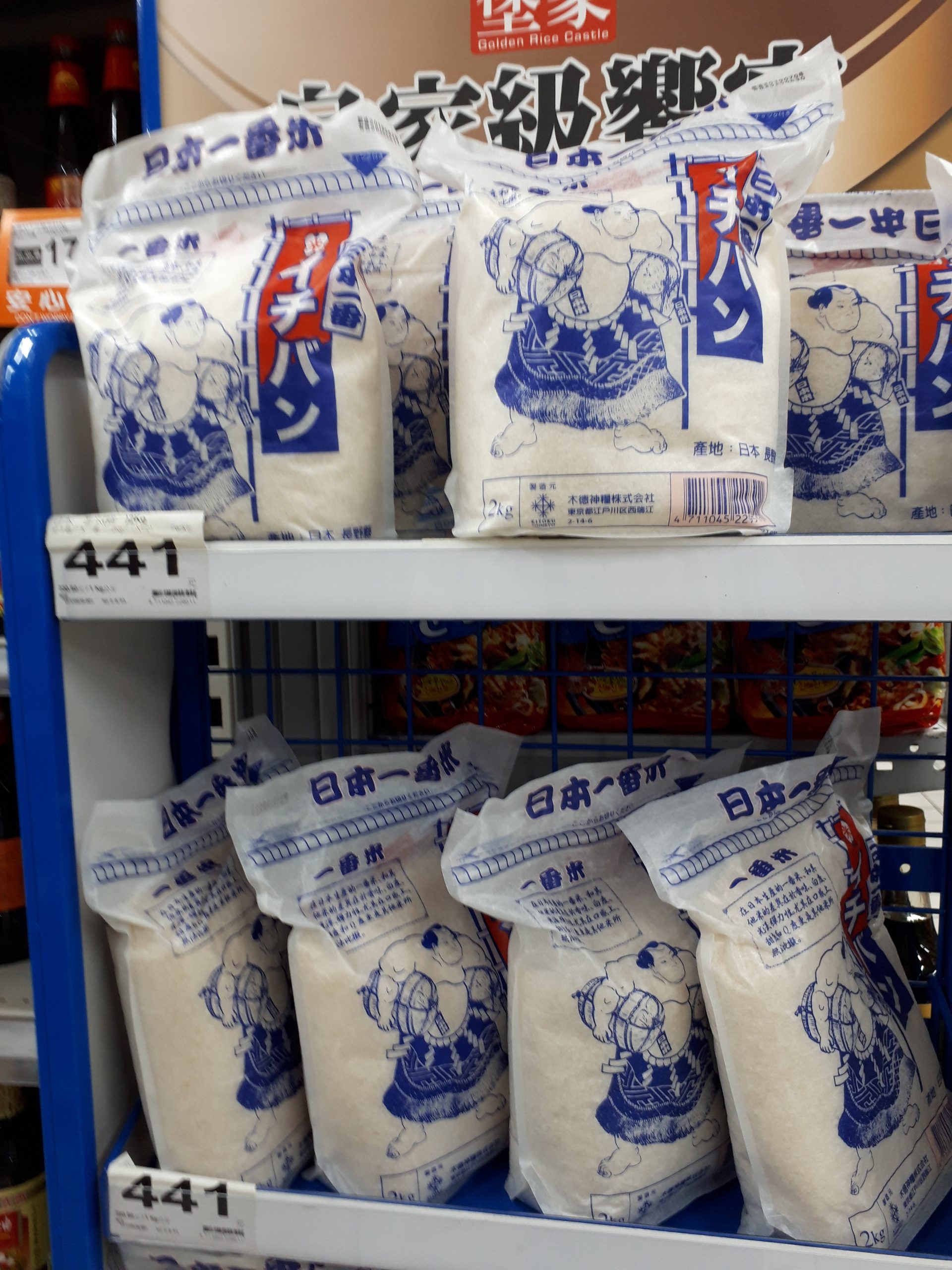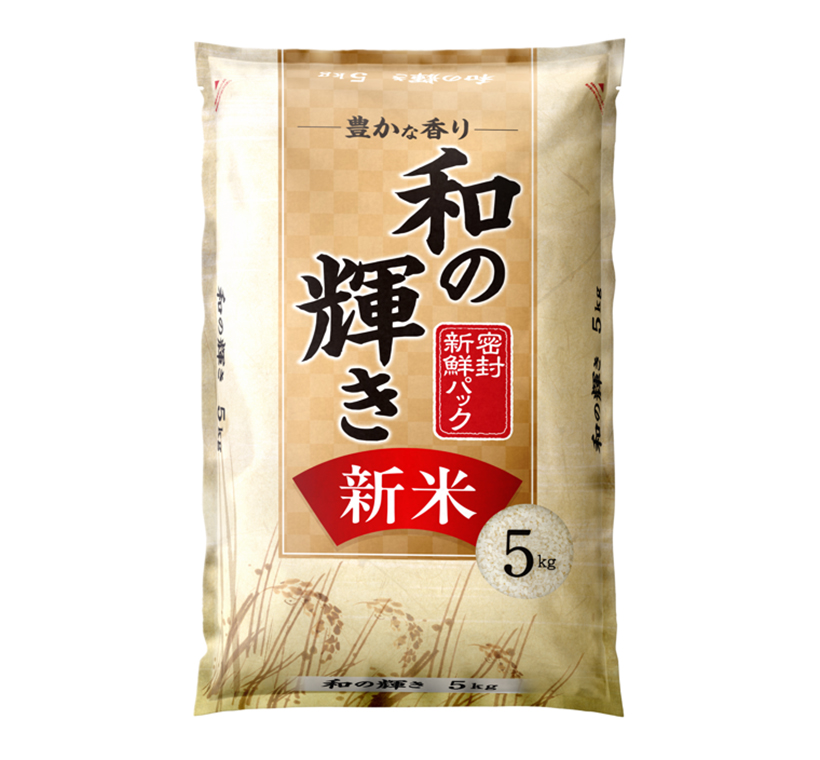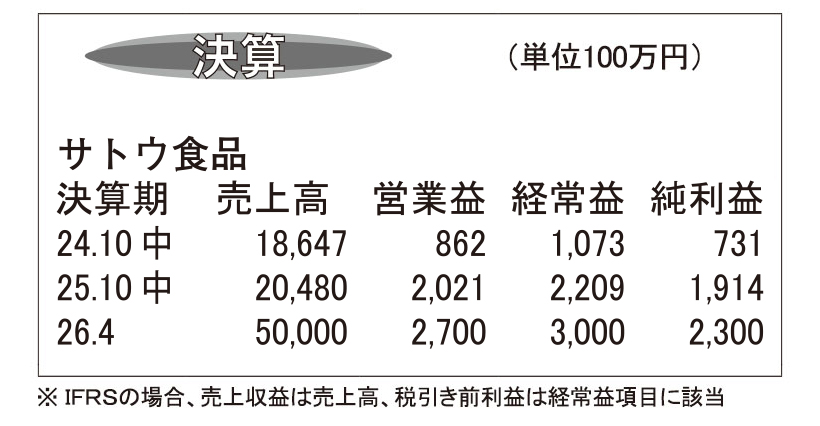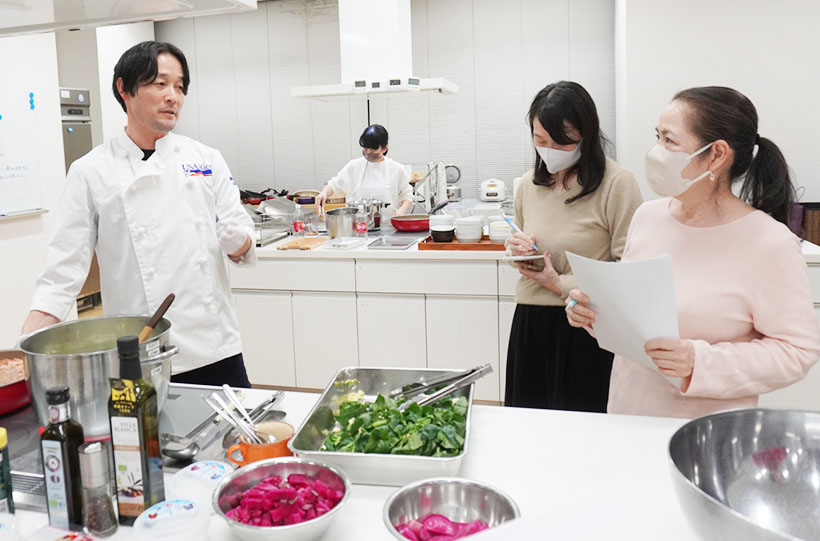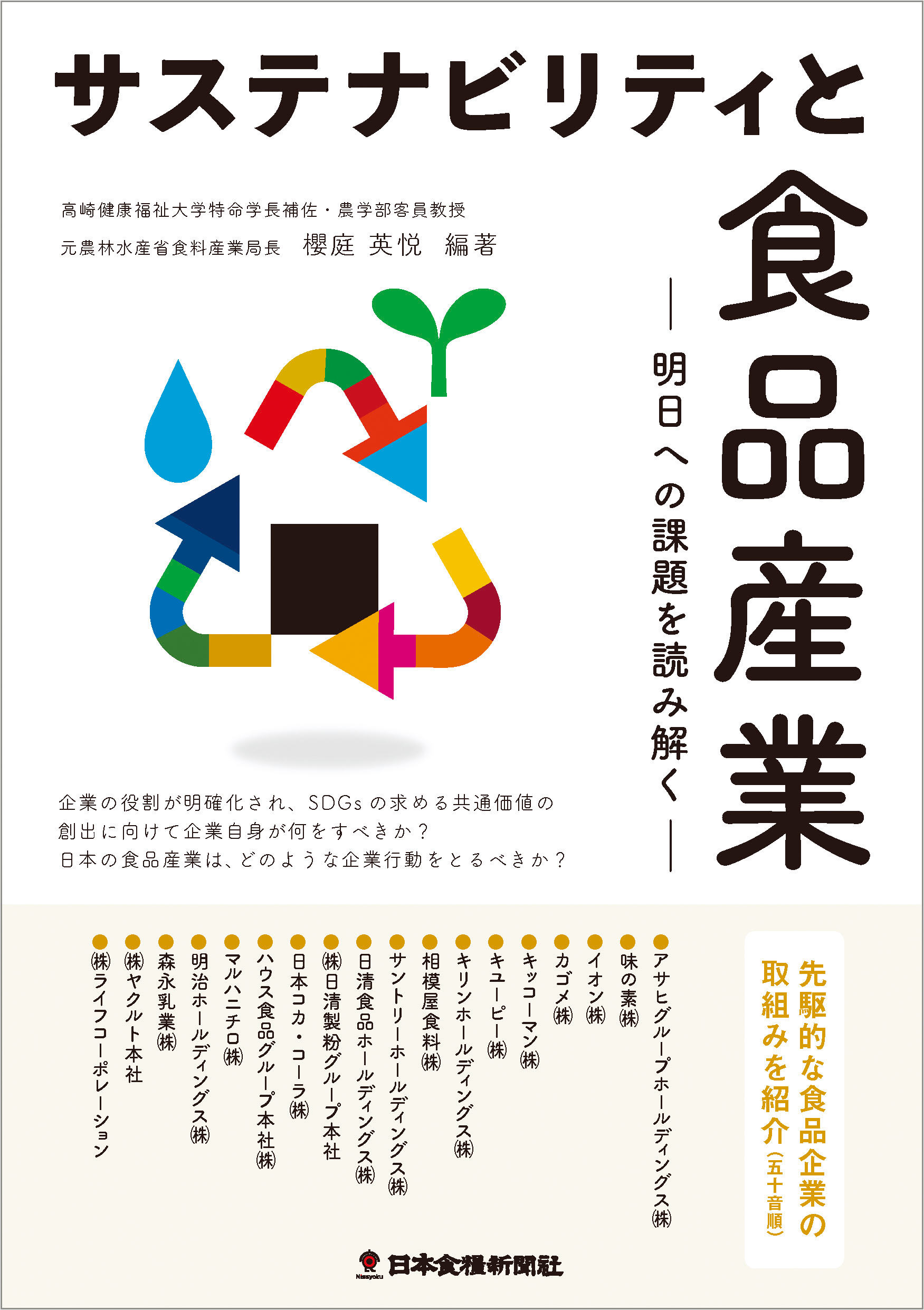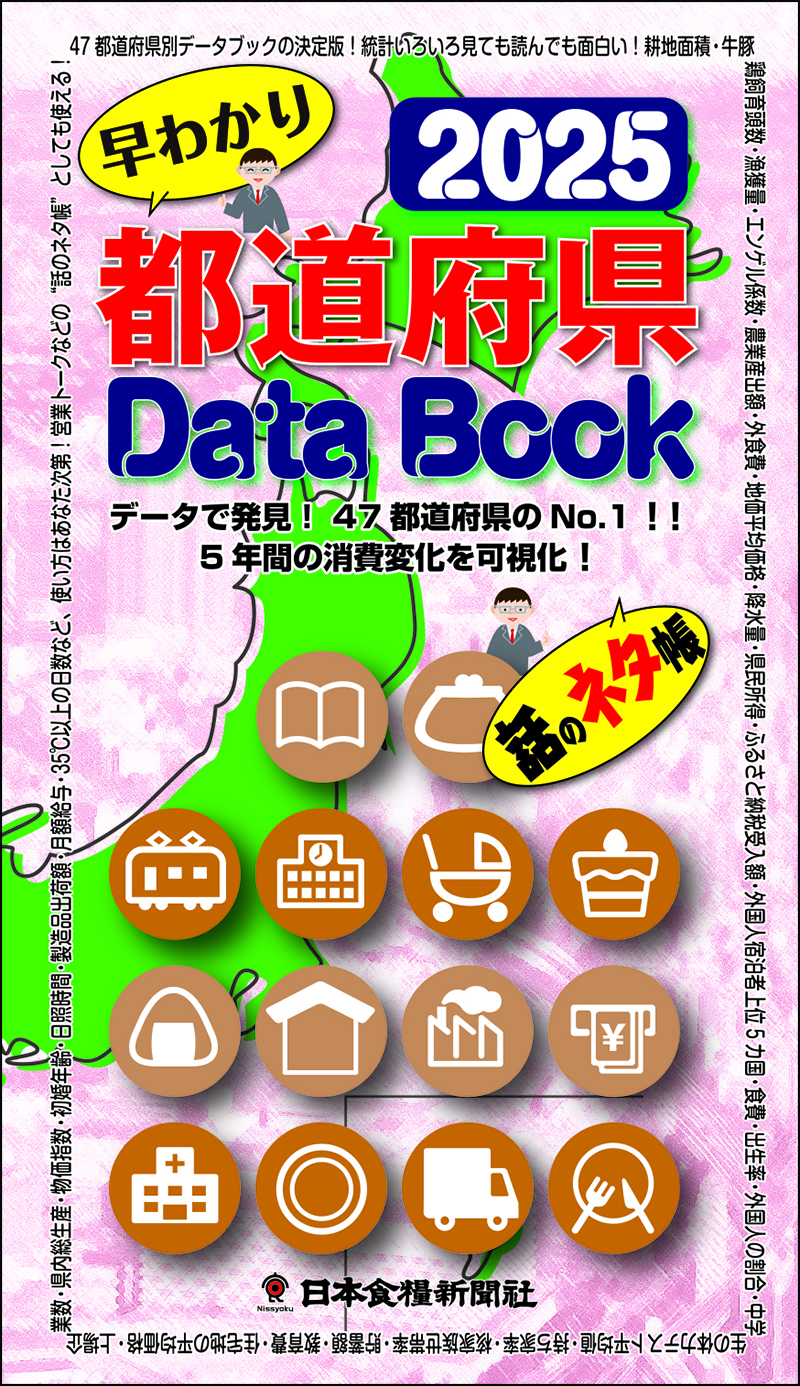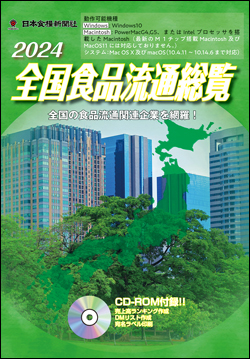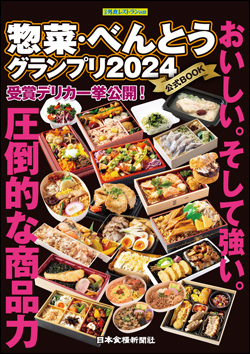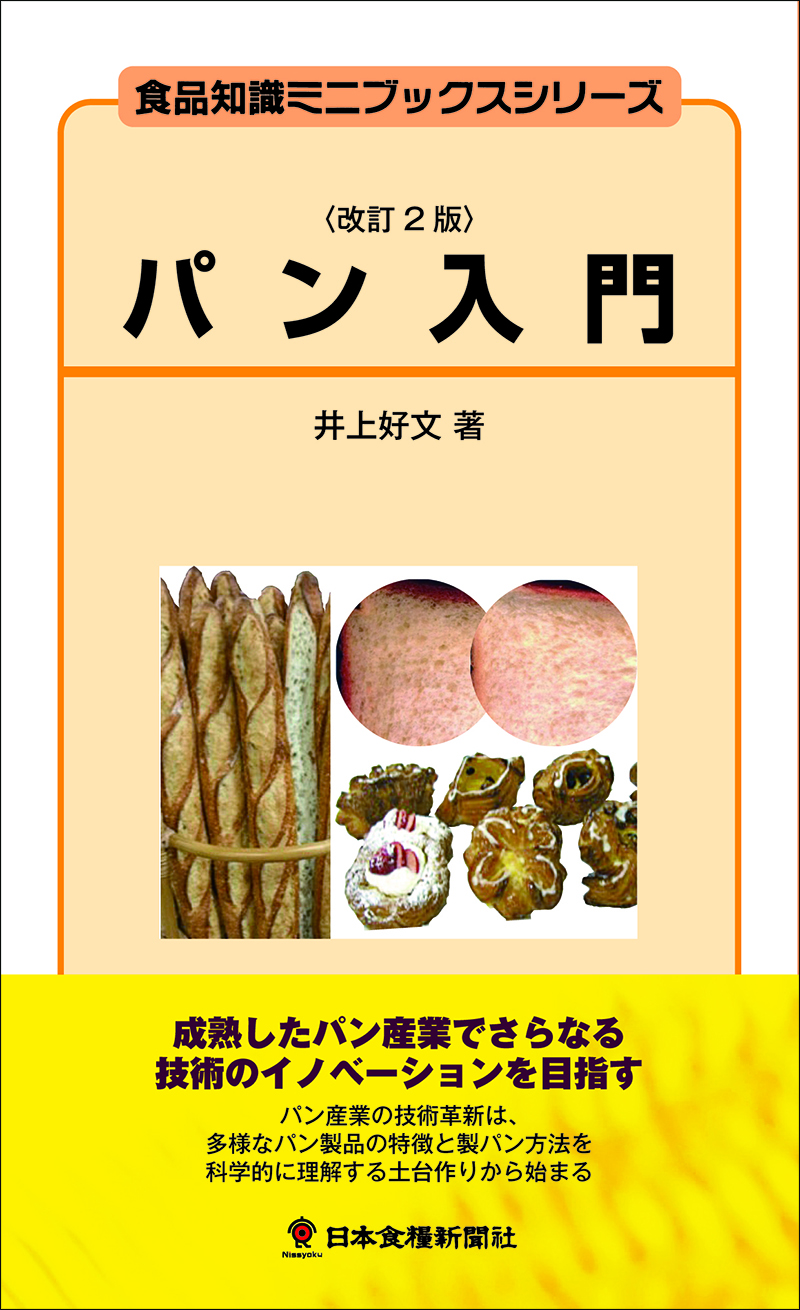Beyond2020 Special Feature: Rice is the Japanese staple food. The amount exports is smoothly expanding.
●Expand with All Japan
We are proud to announce Japanese rice to the world. Japanese government supporting to export so that export is getting active. Above all the amount of commercial exports in 2019 for staple food rice has attained 17,381t that is 26% up from the last year. It was because of adding to deregulation of the huge market in China, and stead effort by the strategic exporters who joined “Rice Overseas Market Expansion Strategy Project” launched by MAFF in 2017.
The year before last, the approval of the designated rice milling factory for exporting to China was expanded to Hyogo Prefecture (at Shinmei Holdings Hanshin Plant) and Hokkaido (at Hokuren Ishikawa Plant). In addition, Niigata Prefecture, where the main production area of rice, has been removed from the target area of import restriction which the Fukushima Daiichi nuclear accident.
As a result, sales to the china, which had been in decline from the previous year since the Senkaku issue, turned to 76% in the year before last year, and grew 92% in last year.
The Chinese local evaluation of Japanese rice is also changing. Misunderstandings such as “high price and bad taste, unstable supply, complicated and difficult to do rice cooking” have been dispelled. It could tell us that the number of people who have experienced the deliciousness and quality of Japanese rice steadily increased due to the increasing number of overseas tourists, in addition to the efforts of strategic exporters.
Previously, the adoption of Japanese rice was limited to upper class restaurants, but recently it has expanded to middle class. A notable example is the overseas rice ball boom at overseas. “Hanamusubi” a Japanese rice ball shop, which is run by Japanese owner (company name is Hyakunosha International Co., Ltd.) in Hong Kong, currently has 77 stores, and 200 stores are just around the corner.
The development of overseas demand for Japanese rice are carried out by the All Japan Rice and Rice-Related Food Export Promotion Council, which undertake various activities. It is made up the members of strategic exporters, has set a unified logo mark of “Japanese rice exports”, and participates in overseas exhibitions and events, and holds events and promotions.
This logo was made for the purpose of facilitating the identification of “Made in Japan” and promoting their quality to overseas consumers. At the same time, a QR code is displayed on package, and it linked to a web page which contains Japanese rice video content, and a mechanism is being built to publicize the goodness of Japanese rice in the video.
Among the activities of strategic exporters, the largest rice wholesaler, Shinmei Holdings, has established business bases in the United States, China and Hong Kong to develop sales activities that meet customer needs. In 2019, they exported 4000t that was the largest in the industry, and expanded by 14% from the previous year. The largest number of export country is Hong Kong, but the United States is also growing significantly.
In addition to exhibiting at oversea exhibitions and in-store demonstrations at Japanese retail chains stores at oversea, Shinmei Holdings is developing steady sales promotion utilizing leaflets, localized recipes, videos and etc.
China is huge market, they utilize local branch to sell Japanese rice to the mainly upper class of business customers such as Japanese retail stores, department stores and restaurant at Beijing, Shanghai and Chengdu.
The Oogata Village Akita Komachi Producers Association (Akita Komachi Association) established a mechanism to sell rice directly to foreign countries without going through a trading company, and firstly shipped it to Taiwan in November last year. As a result, the cost of it decreasing from half to one-third compared to general exports through trading companies, and the price was settled down less than double of local rice price in Taiwan.
As for the most recent movement, Shinmei Holdings and Akita Komachi Association both say, “the demand for home use is strong as in Japan due to the spread of novel coronavirus infection, but eating out is struggling.” However, still say “health consciousness is increasing with a view to improve immunity, and brown rice and sprouted brown rice are performing well.” (Akita Komachi Association).
For the future, it is necessary to pay closely attention to the trends, as there is concern that the port may lose the controlled, and that demand for commercial use may also decline in Asian countries where eating out is active. (Reported by Ms. Chitose Sato)
Original website / Language・Japanese
beyond2020特集:世界に伝える日本の食・主食=コメ 輸出量は順調拡大
